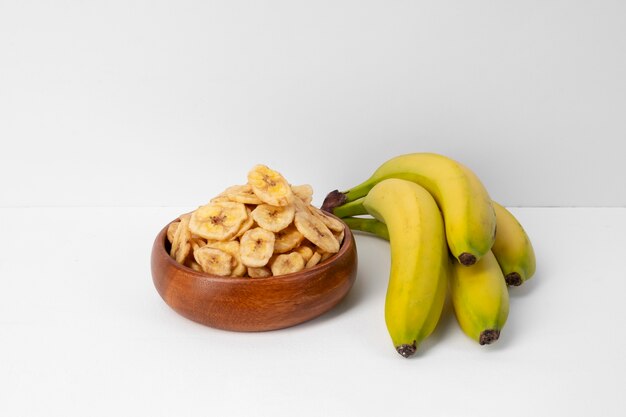Breast self-examinations are a key tool for spotting breast cancer early. This simple self-check helps you get to know the usual feel and look of your breasts, making it easier to notice anything unusual.
The Purpose of Self-Examinations
Regular self-checks help you become familiar with what your breasts normally look and feel like, so you can quickly spot any changes or abnormalities. A common sign of a potential tumor is a lump that you can feel or even see, though it’s usually not painful.
It’s equally important to watch for changes in the nipple, such as it retracting, sticking out more, or leaking fluid. Skin changes, especially if they only affect one breast, should also be noted. Doing regular self-exams helps you monitor your breast tissue over time, making it easier to detect any new hard areas or lumps.
Understanding Breast Cancer
Breast cancer is the most common type of cancer in women and happens when some breast cells grow uncontrollably, forming a tumor. These tumors can be benign, like fibroadenomas or cysts, or malignant, like carcinomas, which are more dangerous because they can spread to other parts of the body.
Early detection is possible with routine mammograms and check-ups, based on your age and personal history. Treatment options vary depending on the cancer’s stage and its characteristics, and can include surgery, chemotherapy, radiation therapy, hormone therapy, and biological therapies.
When to Perform Self-Examinations
From age 20, you should do a breast self-exam once a month, ideally a week after your period ends. This timing is best because your breast structure changes with your hormones each month. Knowing what鈥檚 normal for you helps you spot anything that isn鈥檛.
If you’re pregnant or in menopause, timing is less critical, but any changes in skin, nipple discharge, or breast shape should lead to a doctor’s visit.
How to Conduct a Self-Examination
There are two parts to a self-exam: looking and feeling.
Observation: Stand in front of a mirror with your shoulders relaxed and arms at your sides. Look for any irregularities in breast shape, skin color changes, cracked nipples, or dimples. Repeat this with your arms raised and again with your hands on your forehead while contracting your chest muscles.
Palpation: Use the inner part of three joined fingers to feel your breast in small circles. Do this for all sections of the breast, gradually pressing harder. This helps you find any lumps or hard areas.
What to Look Out For
While doing a breast self-exam, watch for changes in the size or shape of your breasts, thickening or lumps in your breast or armpit, discharge from the nipples, skin indentations, wrinkles, or unusual sensations.
Other signs include any nodules, changes in the nipple鈥檚 appearance, inflammation or rashes on the skin or areola, and unexplained pain in your breast or armpit.
A self-exam isn鈥檛 a replacement for professional breast exams or tests like mammograms and ultrasounds, but it can catch cancer early. If you notice any of these symptoms, see your healthcare provider right away.







